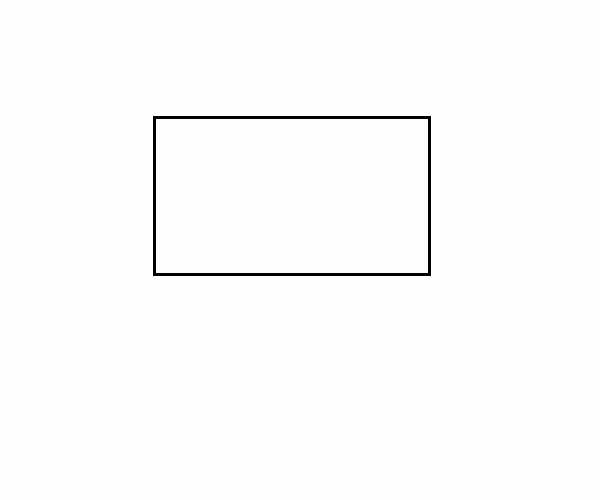Perfect square
|
|
The term perfect square is used in mathematics in two meanings:
- a positive integer which is the square of some other integer, i.e. can be written in the form n2 for some integer n.
- Examples: 1, 4, 9, 16, 25, 36, 49, ... See square number.
- an algebraic expression that can be factored as the square of some other expression, e.g. a2 ± 2ab + b2 = (a ± b)2. (see Square (algebra)).
This is not the same as a magic square.
Using differences of squares as multiplication
Integer multiplication can be done entirely by a difference of two squares.
Examples:
- <math>10\times 10 = 10^2 - 0^2 = 100 - 0 = 100<math>
- <math>9\times 11 = 10^2 - 1^2 = 100 - 1 = 99<math>
- <math>8\times 12 = 10^2 - 2^2 = 100 - 4 = 96<math>
- <math>7\times 13 = 10^2 - 3^2 = 100 - 9 = 91<math>
In general, the product of two numbers is equal to the square of their average minus their difference from the average squared.
- <math>A\times B = [(A+B)/2]^2 - [(A-B)/2]^2<math>
A geometric constructive "proof" of this relation is shown the following animation:

The starting rectangle is A by B. The resulting large square is length (A+B)/2, and the smaller gray square (remainder being subtracted) is length |A-B|/2.
Using this relation, you can multiply relatively large nearly equal numbers more quickly if you memorize a relatively small list of squares.
If you're multiplying an even by an odd, you can avoid "halves" by adjust one number, by requiring one more addition at the end
- <math>A\times B = A\times (B-1) + A<math>
Example:
- <math>27\times 34 = [27\times 33] + 27 = [30^2 - 3^2] + 27 = 900 - 9 + 27 = 918<math>
See also
List of perfect square between 1-10,000 (http://snafumedia.com/square.htm)fr:carré parfait sl:popolni kvadrat
